- You have no items in your shopping cart
- Continue Shopping
Fujitsu Monitor P27T-7 27″ LED 2560×1440 IPS HDMI DP White
Original price was: 3.600,00 EGP.3.450,00 EGPCurrent price is: 3.450,00 EGP.
Display: 27 in, IPS, W-LED, 3840 x 2160 pixels
Viewing angles (H/V): 178 ° / 178 °
Brightness: 350 cd/m²
Static contrast: 1000 : 1, Dynamic contrast: 20000000 : 1
Refresh rate: 29 Hz – 76 Hz
NTSC: 78 %
Dimensions: 644 x 383 x 72 mm
Weight: 5.3 kg
ضمان ثلاث شهور ضد عيوب الصناعة
Out of stock
CompareBrand
Name of the company-manufacturer.
Fujitsu
Series
Name of the series, which the model belongs to.
P Line
Model
Designation of the model.
P27T-7 LED
Model year
The year in which this model was announced.
2013
Size class 27 in (inches)
Size class of the display as declared by the manufacturer.
Often this is the rounded value of the actual size of the
diagonal in inches.
Diagonal
Approximate diagonal size of the display. If the
manufacturer does not provide such information, the
diagonal is calculated from the width and height of the
screen.
685.8 mm (millimeters)
68.58 cm (centimeters)
27 in (inches)
2.25 ft (feet)
Width
Approximate width of the display. If the manufacturer does
not provide such information, the width is calculated from
the diagonal and the aspect ratio.
596.736 mm (millimeters)
59.6736 cm (centimeters)
23.4935 in (inches)
1.9578 ft (feet)
Height
Approximate height of the display. If the manufacturer
does not provide such information, the height is calculated
from the diagonal and the aspect ratio.
335.664 mm (millimeters)
33.5664 cm (centimeters)
13.2151 in (inches)
1.1013 ft (feet)
Panel manufacturer
Name of the manufacturer of the display panel.
LG Display
Panel model
Information about the model of the panel used.
LM270WQ1-SLB2
Panel type
There are various panel technologies. Each has its own
specic features – viewing angles, color reproduction,
response time, brightness/contrast, production cost, etc.
The image quality depends directly on the type of the
display panel used.
AH-IPS
Panel bit depth
The most widely used panels are those with 6, 8, and 10
bits for each of the RGB components of the pixel. They
provide 18-, 24-, and 30-bit color, respectively.
8 bits (6 bits + FRC)
FRC
Frame Rate Control (FRC) is a method, which allows the
pixels to show more color tones. With quick cyclic
switching between different color tones, an illusion for a
new intermediate color tone is created. For example, by
using FRC, a 6-bit display panel is able to show 16.7
millioin colors, which are typical for 8-bit display panels,
and not the standard 262200 colors, instead. There are
different FRC algorithms.
Yes
Colors
The maximum number of colors, which the display is able
to reproduce, depends on the type of the panel in use and
color enhancing technologies like FRC.
16777216 colors
24 bits
Aspect ratio
The ratio between the horizontal and the vertical side of
the display. Some of the standard and widely used aspect
ratios are 4:3, 5:4, 16:9 and 16:10.
1.778:1
16:9
Resolution
Information about the number of pixels on the horizontal
and vertical side of the screen. A higher resolution allows
the display of a more detailed and of higher quality image.
2560 x 1440 pixels
Quad HD (QHD) / 1440p
Pixel pitch
The pixel pitch shows the distance from the centers of two
neighboring pixels. In displays, which have a native
resolution (the TFT ones, for example), the pixel pitch
depends on the resolution and the size of the screen.
0.233 mm (millimeters)
0.0233 cm (centimeters)
0.0092 in (inches)
0.0008 ft (feet)
Pixel density
Information of the number of pixels in a unit of length.
With the decrease of the display size and the increase of
its resolution, the pixel density increases.
109 ppi (pixels per inch)
42 ppcm (pixels per centimeter)
Display area
The percentage of the approximate area, taken by the
active part of the screen, to the total front area.
81.21 % (percent)
Backlight
The backlight is the source of light of the LCD display
panels. The type of backlight determines the image quality
and the color space of the display. There are various
backlights such as CCFL, LED, WLED, RGB-LED, and etc.
W-LED
sRGB
sRGB is a color space, developed jointly by HewlettPackard and Microsoft in 1996. It is used in different
devices such as printers, displays, TV sets, cameras, etc.
The sRGB color space covers about 72% of the NTSC color
spac
Brightness
Information about the brightness of the screen. It is measured in candela per square metre (cd/m²).
350 cd/m² (candela per square meter)
Static contrast
The static contrast shows the ratio between the brightest
and the darkest color, which the display can reproduce
simultaneously, for example, within one and the same
frame/scene.
1000 : 1
Dynamic contrast
The dynamic contrast shows the ratio between the
brightest and the darkest color, which the display can
reproduce over time, for example, in the course of playing
a video.
20000000 : 1
Horizontal viewing angle
Information about the maximum horizontal viewing angle,
within which the image on the screen is of acceptable
quality.
178 ° (degrees)
Vertical viewing angle
Information about the maximum vertical viewing angle,
within which the image on the screen is of acceptable
quality.
178 ° (degrees)
Minimum response time
Information about the minimum amount of time, in which
the pixels change from one color to another. Very often the
manufacturer provides the response time for transition
from grey-to-grey (G2G).
5 ms (milliseconds)
0.0050 s (seconds)
Average response time
Information about the average amount of time, in which
the pixels change from one color to another.
8 ms (milliseconds)
0.0080 s (seconds)
Maximum response time
Information about the maximum amount of time, in which
the pixels change from one color to another.
12 ms (milliseconds)
0.0120 s (seconds)
Input lag
Desktop monitors and smart TVs experience a latency/lag
in visualizing the information. The time in milliseconds
that the display needs to visualize the signal input.
22 ms (milliseconds)
0.0220 s (seconds)
Coating
Information about the type of coating of the display. There
are different types of matte and glossy coatings, each of
which has its own advantages and drawbacks.
Anti-glare/Matte (3H
Product Recently View
You have not recently viewed item.
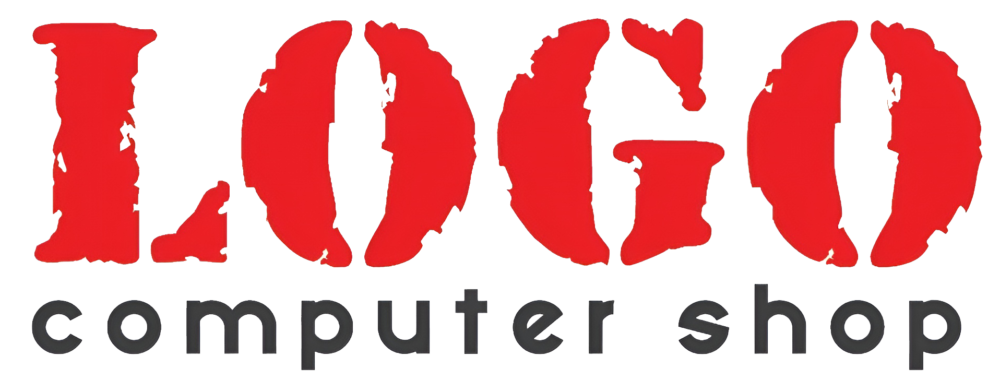







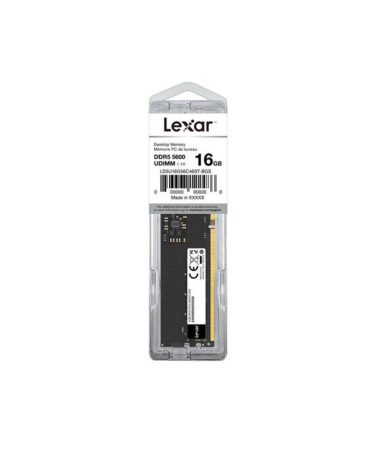



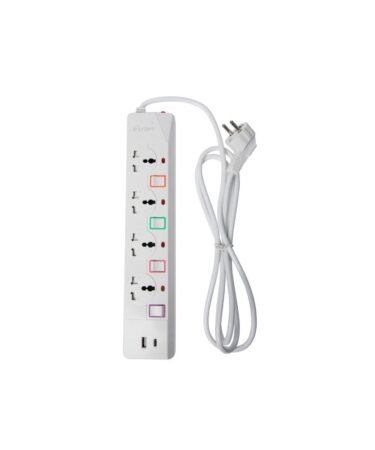



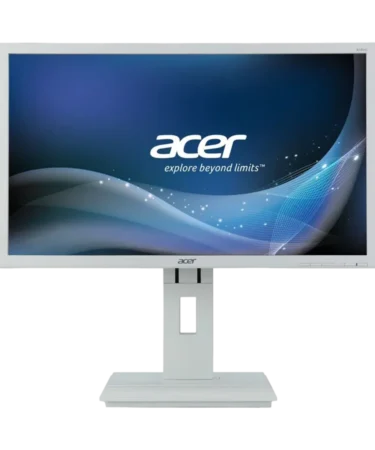
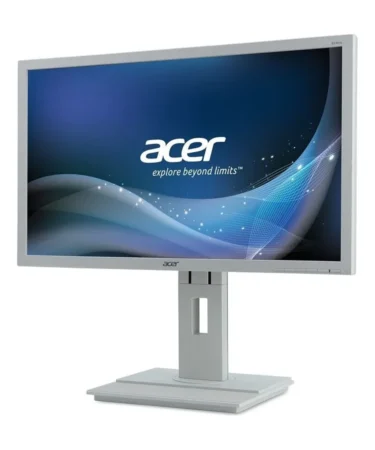

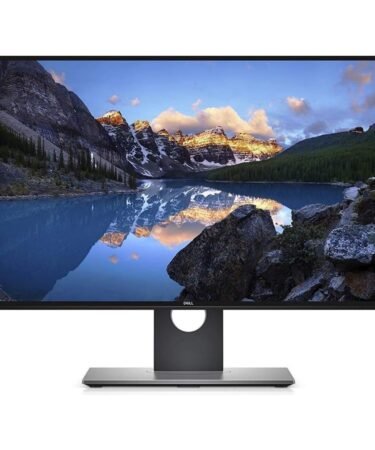

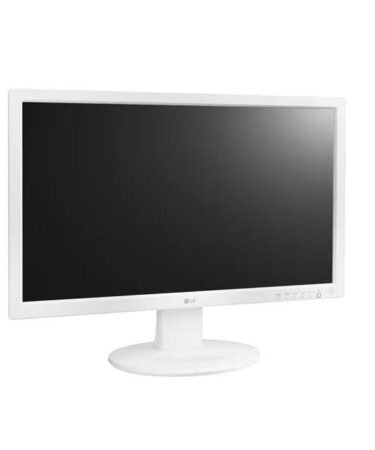
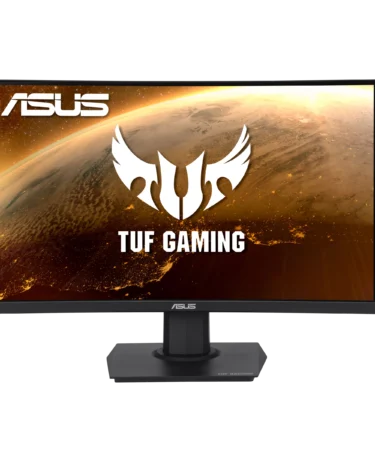
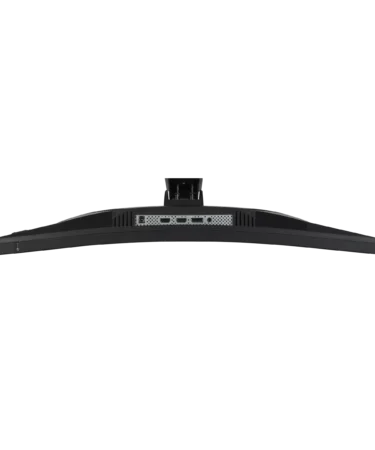


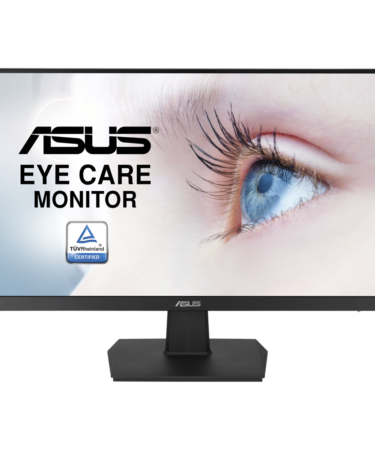
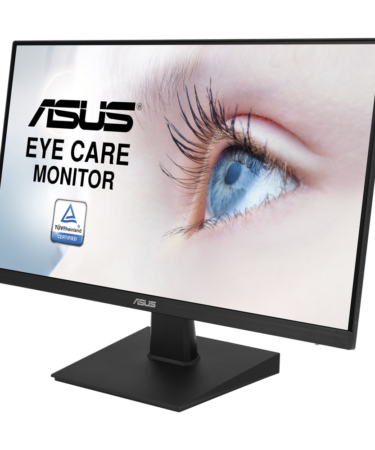
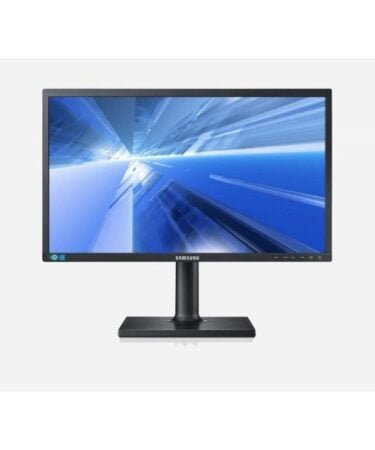
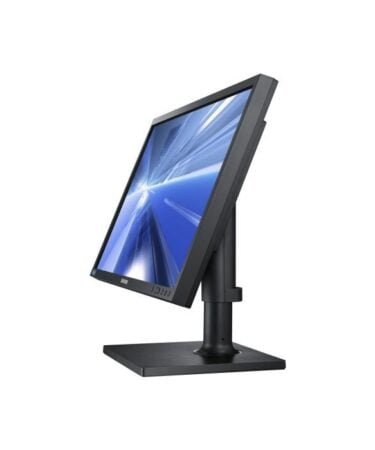
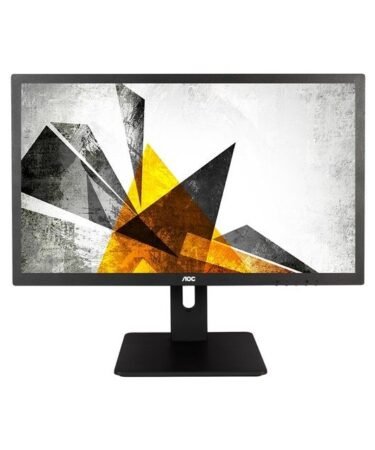
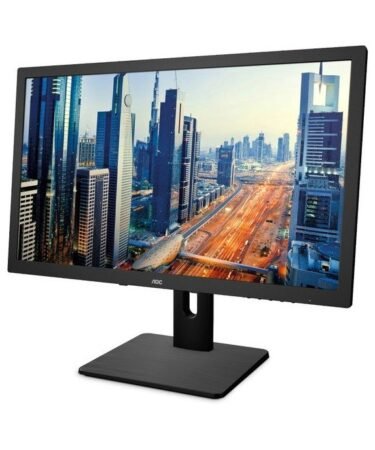

Customer reviews
Reviews
There are no reviews yet.
Write a customer review